Home>Garden Essentials>Which Is An Application Of The Landscape Design Principle Of Proportion?
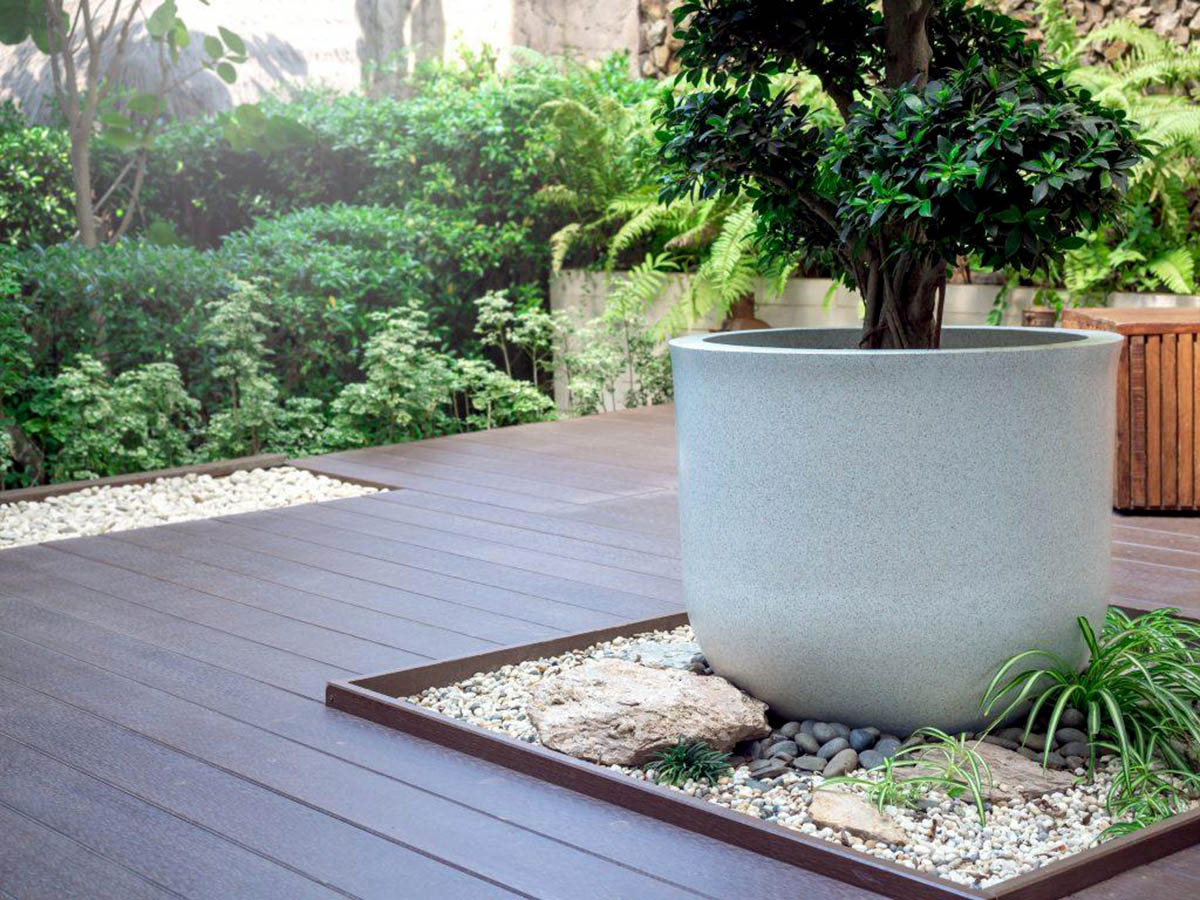

Garden Essentials
Which Is An Application Of The Landscape Design Principle Of Proportion?
Modified: March 7, 2024
Discover the perfect garden design balance with the landscape principle of proportion. Find out which applications can transform your outdoor space.
(Many of the links in this article redirect to a specific reviewed product. Your purchase of these products through affiliate links helps to generate commission for Storables.com, at no extra cost. Learn more)
Introduction
In the world of landscape design, creating a visually appealing and harmonious outdoor space is paramount. One of the key principles that designers rely on is proportion. Proportion refers to the relationship between the various elements in a landscape, such as plants, hardscape features, and furniture. By understanding and applying the principle of proportion, designers can achieve a sense of balance and unity in their designs.
Proportion plays a crucial role in creating a garden that feels cohesive and well-planned. It involves careful consideration of the size, shape, and placement of different elements to ensure that everything works together harmoniously. Whether you have a sprawling backyard or a small urban garden, understanding and implementing the principle of proportion can significantly enhance the overall aesthetics and functionality of your outdoor space.
In this article, we will delve deeper into the landscape design principle of proportion and explore various applications that can help you create a stunning garden. From plant selection and placement to hardscape elements and creating focal points, we will cover a range of strategies that will enable you to achieve a well-proportioned and visually pleasing landscape.
Key Takeaways:
- Proportion in garden design ensures everything works together harmoniously, creating visual harmony, better space utilization, and enhanced focal points for a stunning and functional outdoor space.
- Careful plant selection, hardscape elements, and visualizing the whole design are crucial in achieving a well-proportioned and aesthetically pleasing garden that promotes tranquility and balance.
Understanding the Landscape Design Principle of Proportion
Proportion is the relationship between different elements in a landscape. It involves careful consideration of size, shape, and placement to create a sense of balance and harmony. When these elements are in proportion, they work together to create a visually pleasing and cohesive design.
When it comes to landscape design, achieving proportion is about more than just making things look nice. It also has a functional purpose. Proper proportion ensures that each element has enough space to grow and thrive while contributing to the overall composition of the garden. It also helps create a sense of flow and movement throughout the space.
There are several key principles to consider when it comes to proportion in landscape design:
- Scale: Scale refers to the relationship between the size of the elements in the landscape. It’s important to consider both the overall scale of the garden and the proportions within individual elements. For example, a small garden may require smaller plants and hardscape features to maintain a balanced look, while a larger garden can accommodate bigger elements.
- Proportional Ratios: Proportional ratios involve using mathematical ratios, such as the golden ratio (1:1.618), to determine the size and placement of elements. This creates a visually pleasing and balanced composition. For instance, a walkway might be built with a width-to-length ratio that is aesthetically pleasing to the eye.
- Hierarchy: Hierarchy refers to the order of importance or dominance of the elements in the landscape. By establishing a clear hierarchy, you can guide the viewer’s eye and create focal points. For example, a large sculpture or a striking tree can serve as a focal point in the garden, while smaller plants and features serve as supporting elements.
- Repetition: Repetition is the use of similar elements throughout the landscape to create a sense of unity and rhythm. It helps tie the various parts of the design together and creates a cohesive look. For example, using similar plant species or repeating certain shapes in hardscape features can create a sense of continuity.
- Balance: Balance is crucial in achieving proportion. It involves distributing the visual weight of the elements evenly throughout the space. There are two types of balance to consider: symmetrical balance, where elements are mirrored on both sides of a central axis, and asymmetrical balance, where visual weight is distributed unevenly but still creates a harmonious composition.
By understanding these principles, you can make informed decisions about the size, shape, and placement of elements in your garden, ensuring that everything works together in perfect proportion.
Application of the Landscape Design Principle of Proportion
Now that we have a good understanding of the landscape design principle of proportion, let’s explore how it can be applied to create a visually stunning and well-balanced outdoor space. Here are some key areas where you can integrate proportion into your landscape design:
- Plant Selection and Placement: When choosing plants for your garden, consider their mature size and shape. It’s important to select plants that will not overpower the space or become overcrowded. A variety of sizes and shapes can add visual interest and create a dynamic composition. Plant taller species towards the back or center of the garden and gradually transition to shorter plants towards the edges. This will create a sense of depth and proportion in the landscape.
- Hardscape Elements: Hardscape elements such as paths, patios, and walls play a significant role in the overall design. The size and placement of these elements should be in proportion to the surrounding space. For example, a small garden may benefit from narrower pathways and smaller patios, while a larger garden can accommodate broader paths and more substantial hardscape features. Consider the scale and proportions of your outdoor area when designing these elements.
- Outdoor Furniture and Accessories: Outdoor furniture and accessories should complement the overall design and be proportionate to the space they occupy. Choose furniture that is neither too large nor too small for the area. Pay attention to the scale and proportions of tables, chairs, and other pieces to ensure they harmonize with the surrounding elements. Accessories like planters and decorative features should also be thoughtfully placed to enhance the overall composition.
- Creating Focal Points: Focal points are essential in landscape design as they draw attention and create visual interest. By incorporating proportion, you can create focal points that command attention without overpowering the rest of the garden. Use larger or more striking elements, such as a sculpture, a water feature, or a unique plant specimen, as focal points. Place them strategically within the landscape, considering their relationship with other elements and the overall scale of the garden.
- Visualizing the Whole Design: To ensure that all elements in your landscape design are in proportion, it’s crucial to visualize the whole design before implementing it. Utilize design software or sketch out your ideas on paper to get a sense of how different elements will work together. This will help you identify any potential imbalances or areas where proportion needs adjustment.
By considering these applications of the landscape design principle of proportion, you can create a well-balanced and visually appealing outdoor space. Remember, striking the right balance and ensuring proportional relationships between elements is the key to achieving a harmonious design.
Plant Selection and Placement
When it comes to creating a well-proportioned landscape, careful consideration of plant selection and placement is essential. The size, shape, and positioning of plants can greatly impact the overall balance and harmony of your garden. Here are some guidelines to follow:
Consider Mature Size: When choosing plants, it’s crucial to consider their mature size. Take into account both the height and width of the plants. A common mistake is to select plants that look proportionate to the space when they are young, but end up overpowering the garden as they reach their full size. Research the growth habits of plants and select those that will maintain a balanced appearance throughout their lifespan.
Layering and Gradation: To create depth and visual interest, incorporate the principles of layering and gradation in plant placement. Start with taller plants in the back or center of the garden and gradually transition to shorter plants towards the edges. This arrangement mimics the natural progression of plant growth in the wild and creates a sense of proportion and balance. For added dimension, consider incorporating plants with varying textures, colors, and foliage shapes.
Grouping and Repetition: Grouping plants of the same species or those with similar characteristics can create a sense of unity and rhythm in your garden. By repeating specific plant species or elements throughout your landscape, you establish a visual connection between different areas. This repetition reinforces the overall composition and enhances the sense of proportion. For example, you could plant a row of shrubs along the edge of a garden bed or position clusters of flowers in strategic locations.
Spacing: Proper spacing between plants is crucial to avoid overcrowding and maintain a balanced aesthetic. Each plant requires its own space to grow and thrive. However, keep in mind that some plants may need more room than others. Consider both the individual plant’s needs and the overall composition of your garden when determining spacing. Be mindful of the potential for plants to spread or fill in over time, and leave adequate room for them to fully develop.
Vertical Elements: Incorporating vertical elements, such as trees or trellises, can add height and structure to your garden. When selecting and placing these elements, consider their proportions in relation to the surrounding plants and features. Taller vertical elements should be positioned strategically to create a balanced composition. Additionally, consider the scale of the vertical elements in relation to the space. In a small garden, for instance, a towering tree may look out of place and disrupt the sense of proportion.
By carefully selecting and placing plants in your landscape, you can ensure that they contribute to a well-proportioned and visually pleasing design. Take into account mature sizes, layering, grouping, spacing, and the incorporation of vertical elements to create a balanced and harmonious plant palette. Remember, a well-proportioned garden is not only visually appealing but also fosters healthy plant growth and a sense of tranquility in your outdoor space.
Hardscape Elements
Hardscape elements, such as paths, patios, walls, and structures, are essential components of a well-designed landscape. When applying the principle of proportion to hardscape elements, it’s important to consider their size, shape, and placement in relation to the surrounding space. Here are some key considerations:
Scale and Proportions: The scale of hardscape elements should align with the overall size of your garden. In a small space, smaller hardscape features will maintain a balanced and proportionate look. On the other hand, larger gardens can accommodate more substantial hardscaping. Consider the scale of your outdoor area when designing elements like pathways, patios, and walls. A balanced composition ensures that hardscape elements don’t dominate the garden or appear out of proportion.
Materials: The choice of materials for hardscape elements also affects their proportion. Different materials have unique characteristics that can either enhance or detract from the design. For example, large stone pavers might overwhelm a small courtyard, while delicate patterns and intricate details may get lost in a vast expanse. Select materials that harmonize with the overall style and size of your garden, ensuring they complement the surrounding vegetation and other hardscape features.
Shape and Lines: The shape and lines of hardscape elements play a significant role in creating a sense of proportion and flow throughout the landscape. Consider the shape of the area where you plan to install the hardscape feature, as well as the shapes of adjacent elements. Harmonize the shapes by incorporating curves, straight lines, or geometric patterns that echo or contrast with the existing forms. This coordination will create a cohesive and visually pleasing balance.
Placement and Integration: Effective placement and integration of hardscape elements are crucial for a well-proportioned design. Consider how the elements interact with the surrounding plants and features. Avoid placing hardscape elements in a way that obstructs the natural flow or view of the garden. Instead, integrate them seamlessly such that they complement and enhance the overall composition. For instance, paths should lead organically through the landscape, and patios should be positioned to optimize views and social interaction.
Balance and Focal Points: Achieving balance with hardscape elements involves distributing visual weight evenly throughout the space. This can be achieved through symmetrical or asymmetrical arrangements, depending on the design goals. Additionally, incorporate focal points, such as a stunning fountain or a unique architectural feature, into the hardscape design. These focal points serve as eye-catching elements that add variety and interest, while maintaining proportion with the rest of the landscape.
By considering the scale, materials, shapes, placement, integration, balance, and focal points in your hardscape design, you can create a visual harmony that complements the natural elements of your garden. This integration of hardscape elements in proportion to the outdoor space will contribute to an attractive and inviting landscape.
When applying the landscape design principle of proportion, consider the size and scale of elements in relation to each other and the overall space. For example, a small garden may be overwhelmed by large trees, while a large garden may need larger plants to create a balanced look.
Outdoor Furniture and Accessories
Outdoor furniture and accessories are not only functional elements in your garden but also contribute to the overall aesthetics and proportion of the space. When selecting and placing outdoor furniture and accessories, it’s important to consider their size, style, and placement in relation to the surrounding landscape. Here are some key considerations:
Scale and Proportions: The scale of outdoor furniture and accessories should be in proportion to the size of your outdoor space. In a smaller garden, choose furniture that is appropriately sized and doesn’t overwhelm the area. Conversely, larger gardens can accommodate more substantial furniture pieces. Balance is key, so consider the proportions of the furniture in relation to the surrounding features, such as plants and hardscape elements. Each piece should harmonize with the space without dominating it.
Style and Design: Consider the style and design of your outdoor furniture and accessories to ensure they blend seamlessly with the overall aesthetic of your garden. Choose materials, colors, and patterns that complement the surrounding elements. For example, if you have a modern garden design, opt for sleek and minimalist furniture. In a more traditional garden, consider furniture with ornate details. By aligning the style and design of your furniture and accessories with the garden’s overall theme, you create a visually cohesive and well-proportioned space.
Placement and Arrangement: The placement of outdoor furniture and accessories is critical to achieving proportion and balance in your garden. Consider how the furniture and accessories interact with the surrounding elements. Arrange seating areas to take advantage of the best views, maximize comfort, and create a natural flow within the space. Position dining areas in a way that promotes ease of movement and social interaction. Additionally, consider the proportion of the furniture in relation to the available space. Leave enough room for movement and circulation, and ensure that the placement of accessories enhances the overall composition.
Functional and Visual Balance: Outdoor furniture and accessories should not only offer functionality but also contribute to a balanced and visually pleasing composition. Balance the placement of furniture and accessories throughout the space to avoid any areas feeling disproportionately empty or crowded. Incorporate a mix of furniture pieces, such as chairs, tables, benches, and loungers, to create variety and utility. Add accessories such as cushions, umbrellas, lighting, and decorative items that enhance the overall aesthetic while maintaining proportion with the surrounding elements.
Maintenance and Durability: Consider the practical aspects of your outdoor furniture and accessories to ensure they can withstand the elements and require minimal maintenance. Choose materials that are weather-resistant, durable, and easy to clean. Quality furniture and accessories will not only stand the test of time but also contribute to the long-term proportion and overall appeal of your garden.
By carefully selecting and placing outdoor furniture and accessories in proportion to the size, style, and overall design of your garden, you can create an inviting and harmonious outdoor living space. Consider scale, style, placement, and functional visual balance to achieve a well-proportioned and visually appealing composition that enhances your outdoor enjoyment.
Creating Focal Points
Focal points are essential elements in landscape design as they draw the viewer’s attention and create visual interest. They serve as anchor points that add depth and character to your garden. Creating focal points involves careful consideration of size, placement, and visual impact. Here are some tips for creating well-proportioned focal points:
Size and Scale: Focal points should be proportionate to the surrounding elements and the overall size of your garden. Consider the scale of the space when selecting and placing focal points. In a smaller garden, opt for a smaller but visually striking feature, such as a sculpture or a unique plant specimen. In a larger garden, you have more flexibility to incorporate larger focal points, such as a majestic tree or a large water feature. The key is to find a balance that creates visual impact without overwhelming the rest of the landscape.
Placement: The placement of focal points is crucial in creating a well-proportioned design. Consider how focal points interact with the surrounding elements. Place them strategically to guide the viewer’s eye and create a sense of flow and movement. Focal points can be positioned at strategic points along pathways, at the end of vistas, or where there is an opportunity to enhance a specific view. Ensure that the placement of focal points aligns with the overall design principles of your landscape to create a harmonious composition.
Contrast and Visual Impact: Focal points should stand out and command attention. One way to achieve this is through contrast. Consider the colors, textures, and forms of focal points in relation to the surrounding elements. For instance, a vibrant flowering tree against a backdrop of green foliage can create a striking contrast and become a captivating focal point. Another approach is to create visual impact through unique and eye-catching features, such as a sculpture, a water feature, or an architectural element. These elements should create a sense of intrigue and draw the viewer’s gaze, further enhancing the proportionate beauty of your garden.
Balance with Surrounding Elements: Although focal points are designed to draw attention, they should still harmonize with the surrounding elements. Consider how the focal point relates to nearby plants, hardscape features, and furniture. Ensure that it complements the overall style and size of the garden, rather than appearing disjointed or out of place. A well-proportioned focal point enhances the composition and adds visual interest without disrupting the balance of the landscape.
Seasonal Variation: Take advantage of seasonal variation to create dynamic focal points in your garden. Consider using plants that provide seasonal interest, such as flowering shrubs, ornamental grasses, or trees with colorful autumn foliage. By incorporating plants with different growth cycles, you can introduce a variety of focal points throughout the year, maintaining a well-proportioned and visually appealing garden year-round.
By incorporating well-proportioned focal points into your landscape design, you can create points of interest that enhance the overall aesthetics and visual impact of your garden. Consider the size, placement, contrast, balance, and seasonal variation of focal points to achieve a harmonious composition that captivates and delights.
Visualizing the Whole Design
Visualizing the whole design is a crucial step in ensuring that all elements in your landscape are in proportion and harmonize with one another. By having a clear vision of how the various components will come together, you can make informed decisions and create a well-coordinated and visually appealing outdoor space. Here are some strategies to help you visualize the whole design effectively:
Design Software or Apps: Utilize design software or apps specifically created for landscape design. These tools allow you to create a digital representation of your garden and experiment with different layouts, plant selections, and hardscape features. Design software often includes pre-loaded plants, furniture, and accessories to help you visualize how everything will come together. These tools enable you to see your design from different perspectives and make necessary adjustments for proportion and balance.
Hand-drawn Sketches: If you’re more artistically inclined, consider sketching out your design by hand. Use pencil and paper to create scaled drawings of your garden, including the existing features and elements you plan to incorporate. Hand-drawn sketches provide a tactile and creative way to visualize the proportions of various components, and you can easily make adjustments as you go along. You can also add shading and coloring to bring your design to life and gain a better understanding of the overall composition.
Mock-ups and Templates: Create physical mock-ups or use templates to simulate the proportions and placement of different elements. For instance, you can lay out cardboard cutouts or create miniature models of plants, furniture, and hardscape features to experiment with their positioning. This hands-on approach allows you to physically move and arrange the components, giving you a better sense of the spatial relationships and overall proportion of your garden design.
Site Analysis and Observation: Before finalizing your design, conduct a thorough site analysis and observation of your outdoor space. Take note of existing features, such as trees, buildings, or natural focal points, and consider how they will interact with your proposed design. Look at the site from various angles and perspectives to assess how each element will fit into the overall proportion and composition. By observing the site in person and considering its unique characteristics, you can make more informed decisions and visualize how the design will translate in real life.
Feedback and Collaboration: Don’t hesitate to seek feedback and collaborate with others during the visualization process. Share your ideas and designs with family, friends, or professionals in the field. Their fresh perspective can offer valuable insights and help identify any areas where adjustments may be needed. By receiving feedback, you can refine your design and ensure that it aligns with the principles of proportion and balance.
Visualizing the whole design is a crucial step in landscape design. Whether using design software, hand-drawn sketches, physical mock-ups, or observations, the goal is to gain a comprehensive understanding of how the elements will come together in your garden. By visualizing the whole design, you can ensure that all aspects are in proper proportion, resulting in a cohesive and visually appealing outdoor space.
Benefits of Applying the Landscape Design Principle of Proportion
Applying the landscape design principle of proportion offers numerous benefits that contribute to the overall aesthetics and functionality of your outdoor space. Here are some key advantages:
Visual Harmony: Proportion creates a sense of visual harmony in your garden by ensuring that all elements work together in a balanced and cohesive manner. When the size, shape, and placement of plants, hardscape features, furniture, and focal points are well-proportioned, they create a pleasing and unified composition. This visual harmony enhances the overall beauty and appeal of your landscape.
Better Space Utilization: Proportion allows for efficient use of space in your garden. By considering the scale and placement of elements, you can maximize the available area and create a design that feels open and spacious. Well-proportioned elements prevent overcrowding and ensure that each element has enough room to thrive and contribute to the overall composition.
Focal Point Enhancement: Through proportion, focal points are given the prominence and impact they deserve. By carefully selecting and placing focal points, such as unique plants, sculptures, or water features, you can create visual interest and draw attention to specific areas of your garden. Proportion ensures that these focal points stand out without overwhelming the rest of the landscape, creating a captivating and balanced visual experience.
Better Flow and Movement: Proportion helps create a sense of flow and movement within your garden. By considering the placement and arrangement of elements, such as pathways and seating areas, you can guide the viewer’s eye and create natural movement throughout the space. Well-proportioned pathways and the strategic placement of furniture encourage exploration and interaction with different areas of the garden.
Enhanced Accessibility and Functionality: Proportion plays a crucial role in ensuring accessibility and functionality in your outdoor space. By considering the scale and spacing of pathways, ramps, and seating areas, you can create a garden that is easy to navigate for people of all abilities. Proper proportion also allows for comfortable movement and encourages the use of different areas for various activities, such as dining, relaxation, or socializing.
Sense of Tranquility and Balance: A well-proportioned garden promotes a sense of tranquility and balance. When all elements are in harmony, the space feels serene and inviting, creating a peaceful retreat where you can relax and recharge. The balanced composition created by proportion contributes to a sense of equilibrium and calmness in your surroundings.
Increased Property Value: Applying the landscape design principle of proportion can also enhance the value of your property. A well-proportioned and visually appealing garden adds curb appeal and creates a positive first impression. Potential buyers are more likely to be attracted to a property with a well-designed outdoor space that reflects a sense of balance and harmony.
By applying the landscape design principle of proportion, you can enjoy these benefits and create a visually stunning and functional garden. Proportion ensures that all elements work together in harmony, resulting in a balanced and aesthetically pleasing outdoor space that provides a sense of tranquility and enjoyment for years to come.
Conclusion
The landscape design principle of proportion is a fundamental concept that plays a vital role in creating visually appealing and well-balanced outdoor spaces. By understanding and applying proportion in your garden design, you can achieve a sense of harmony, balance, and unity among various elements.
Throughout this article, we explored the different applications of proportion in landscape design. We discussed the importance of plant selection and placement, hardscape elements, outdoor furniture and accessories, creating focal points, and visualizing the whole design. Each of these aspects contributes to a well-proportioned and aesthetically pleasing outdoor space.
Applying proportion results in numerous benefits for your garden. It promotes visual harmony, better space utilization, enhanced focal points, improved flow and movement, increased accessibility and functionality, a sense of tranquility and balance, and even increased property value. By consciously considering the size, shape, and placement of elements, you can create a garden that is not only visually pleasing but also functional and enjoyable.
As you embark on your landscape design journey, remember to strike a balance between creativity and practicality. Allow your unique vision and personal style to shine while always considering the principles of proportion. Visualize the final design and make adjustments as needed to ensure a well-proportioned and harmonious composition.
Whether you have a small urban garden or a sprawling backyard, incorporating the landscape design principle of proportion will transform your outdoor space into a stunning oasis. Enjoy the process of designing and creating a garden that reflects your personality while creating a harmonious balance with the natural elements. The result will be a captivating and inviting environment that you can enjoy for years to come.
Frequently Asked Questions about Which Is An Application Of The Landscape Design Principle Of Proportion?
Was this page helpful?
At Storables.com, we guarantee accurate and reliable information. Our content, validated by Expert Board Contributors, is crafted following stringent Editorial Policies. We're committed to providing you with well-researched, expert-backed insights for all your informational needs.
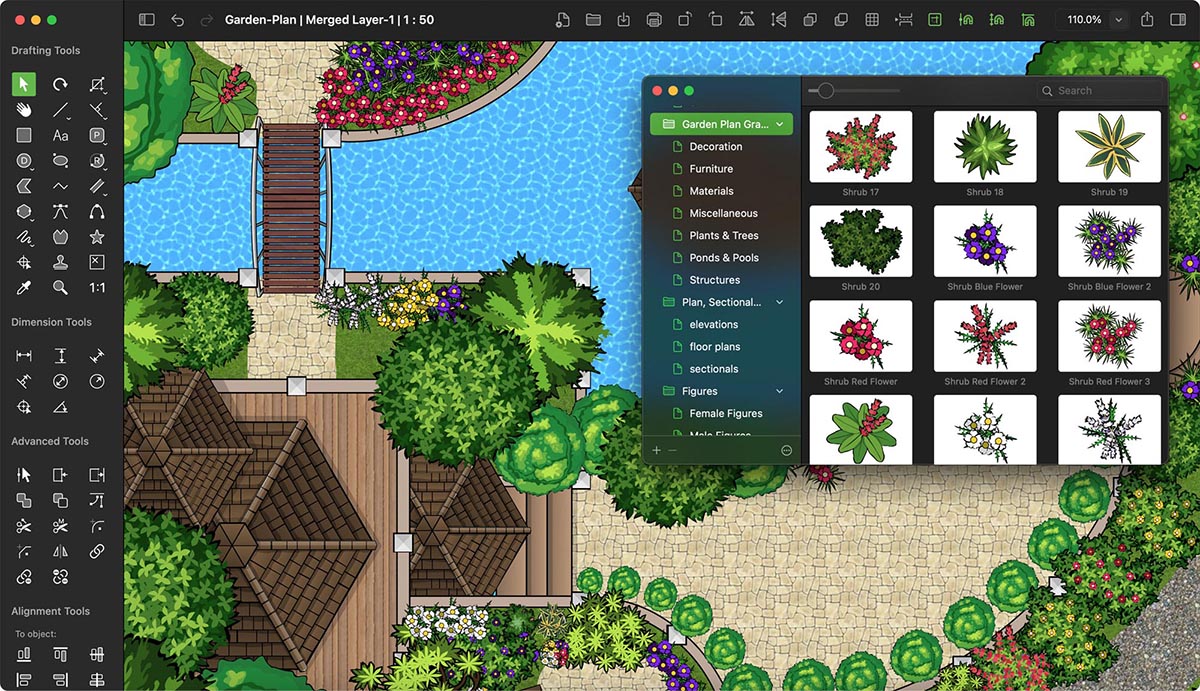


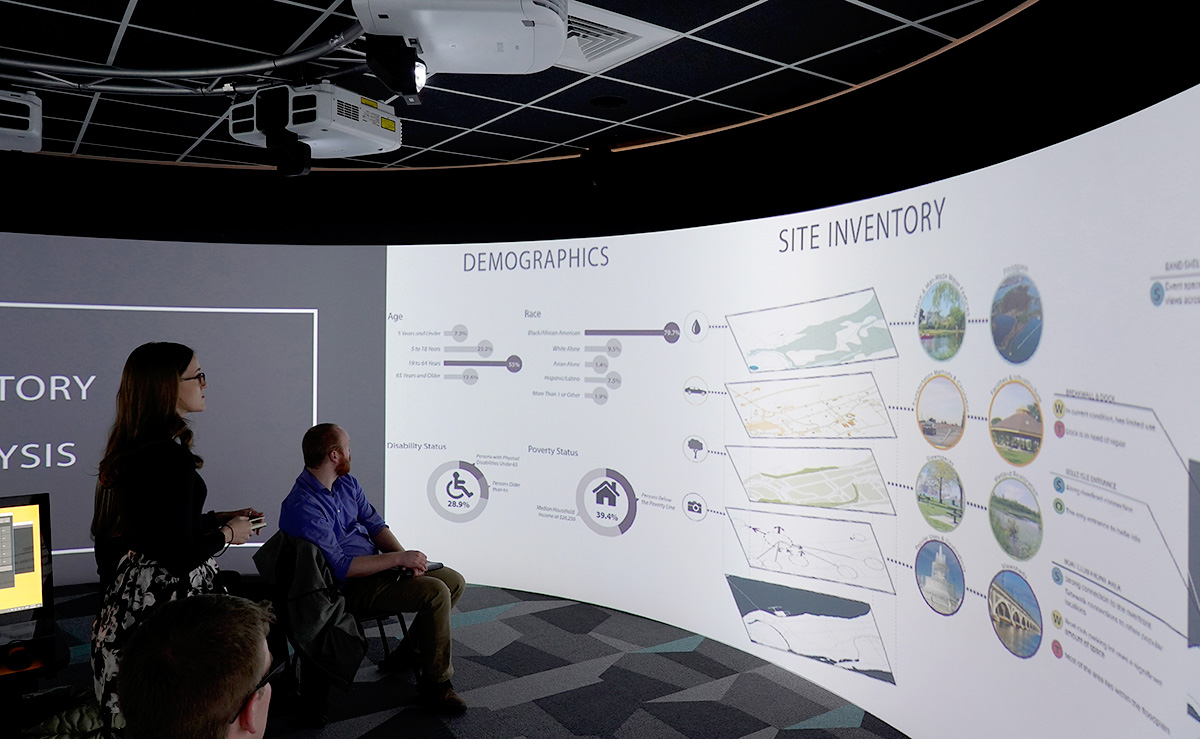
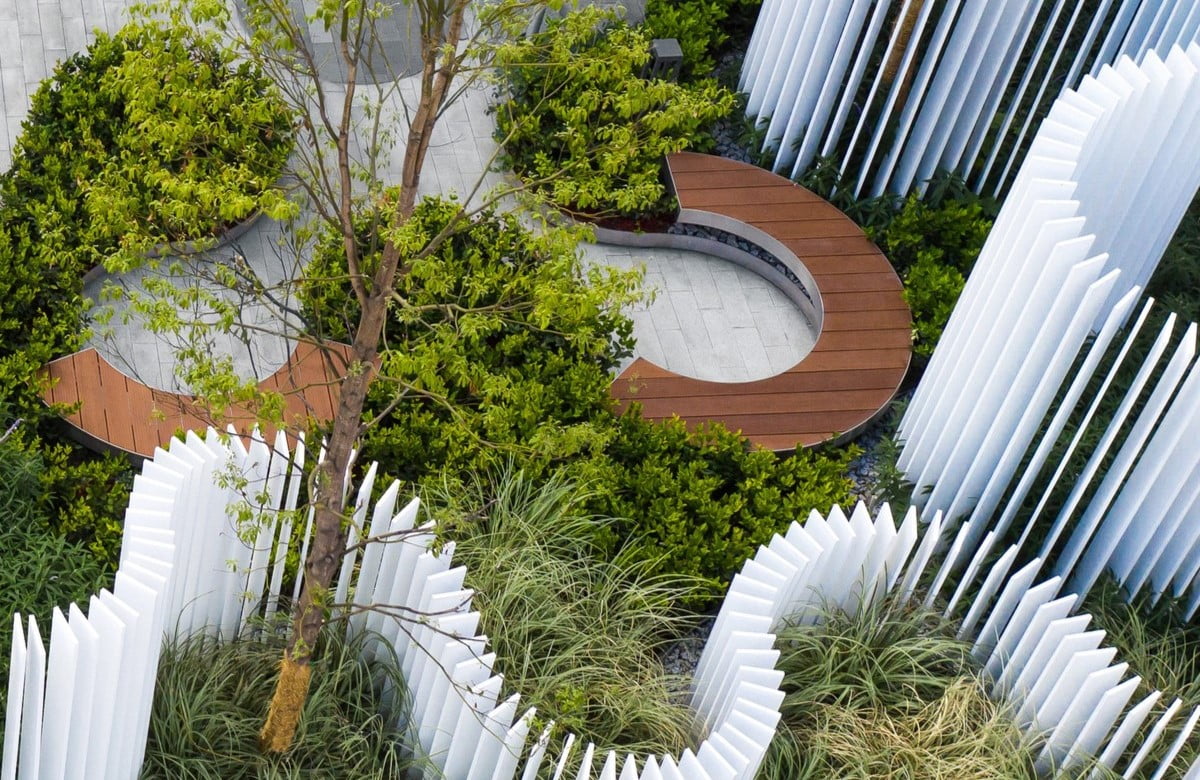
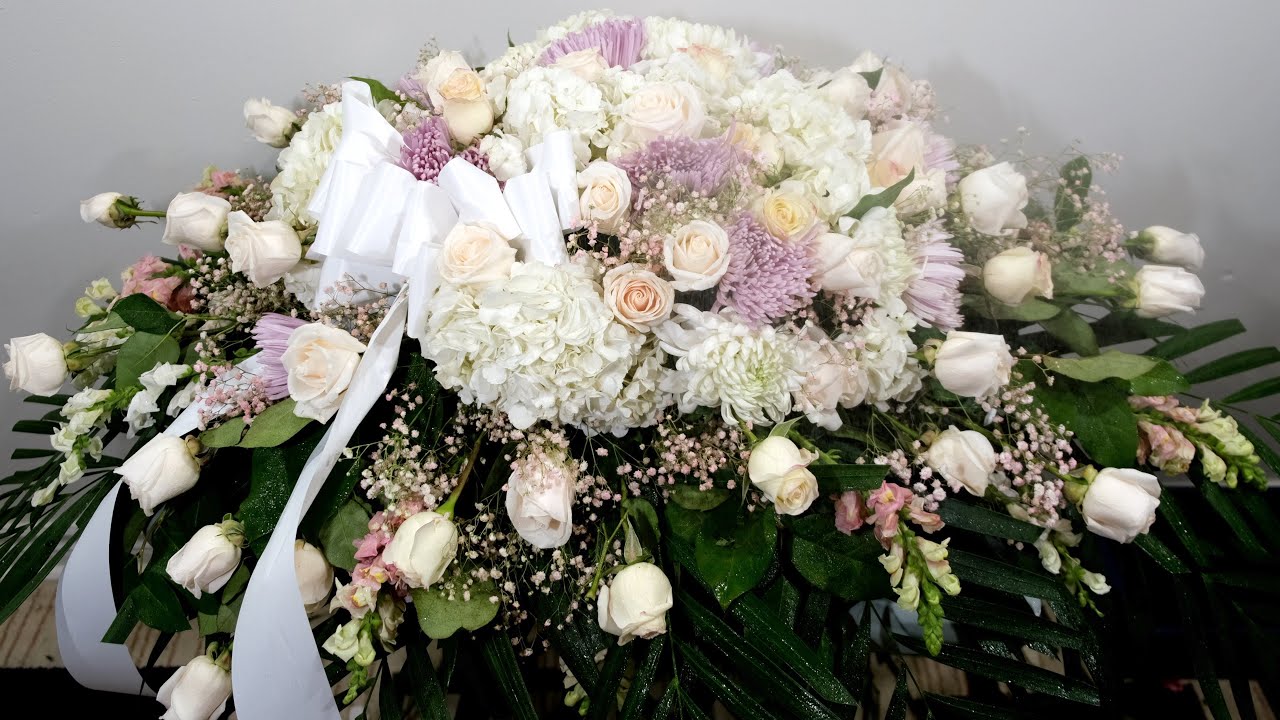
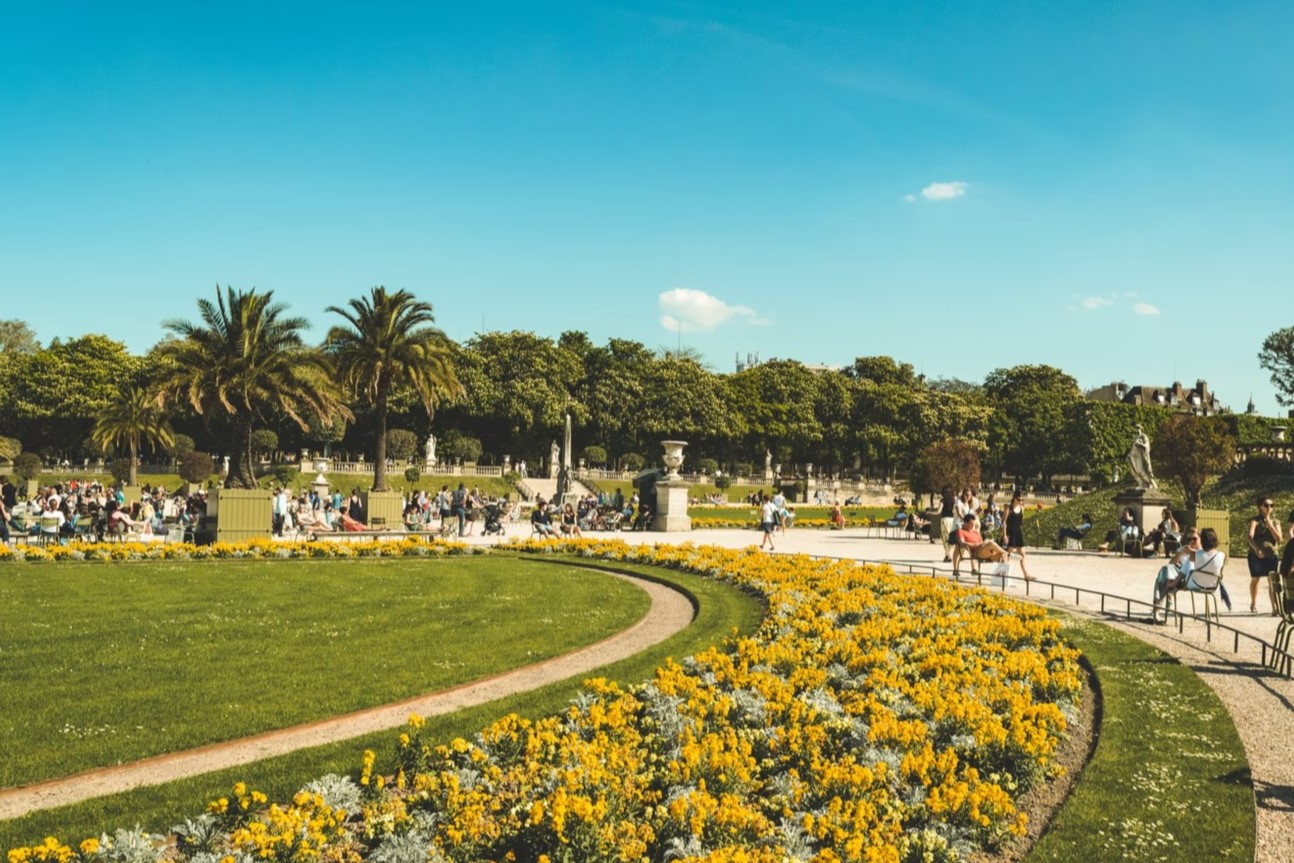
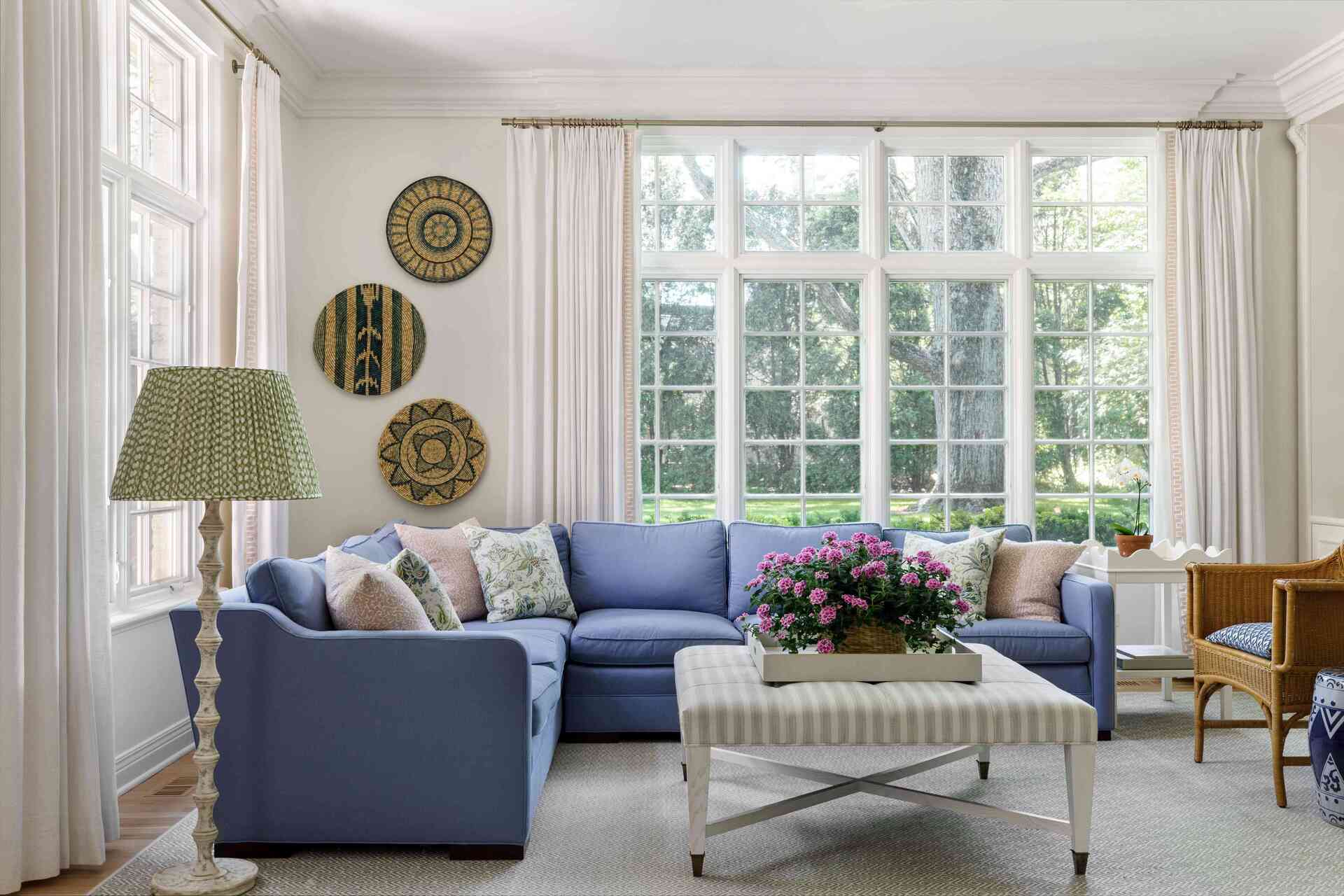
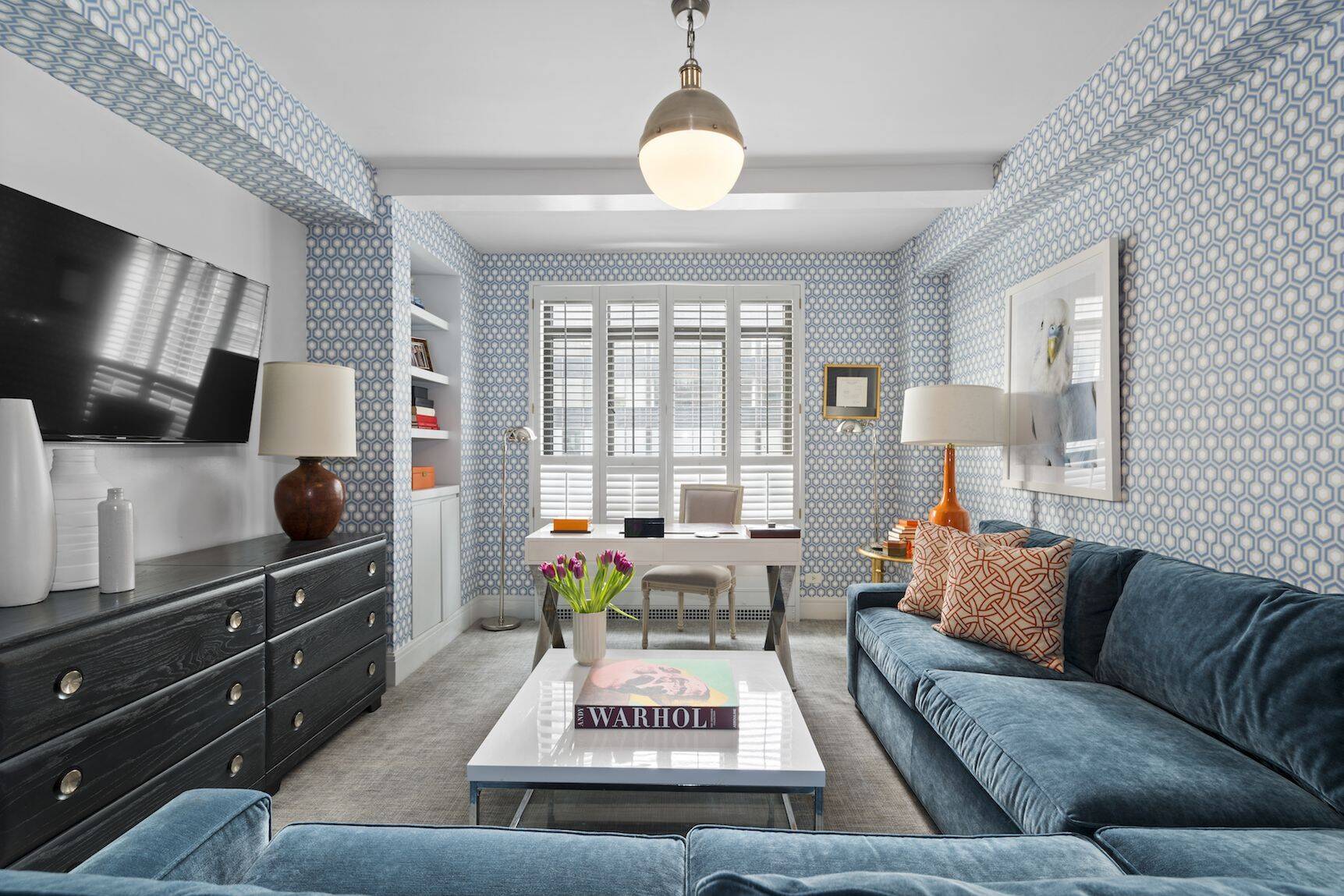

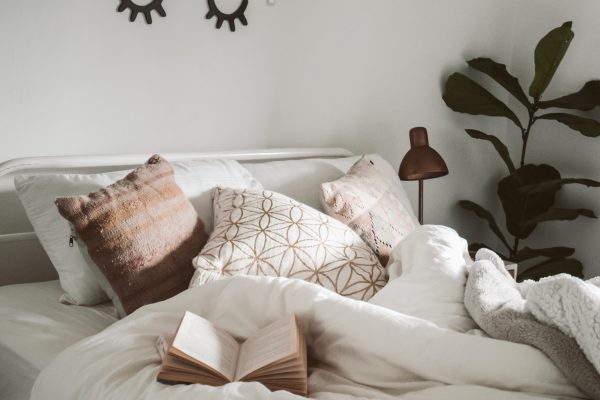

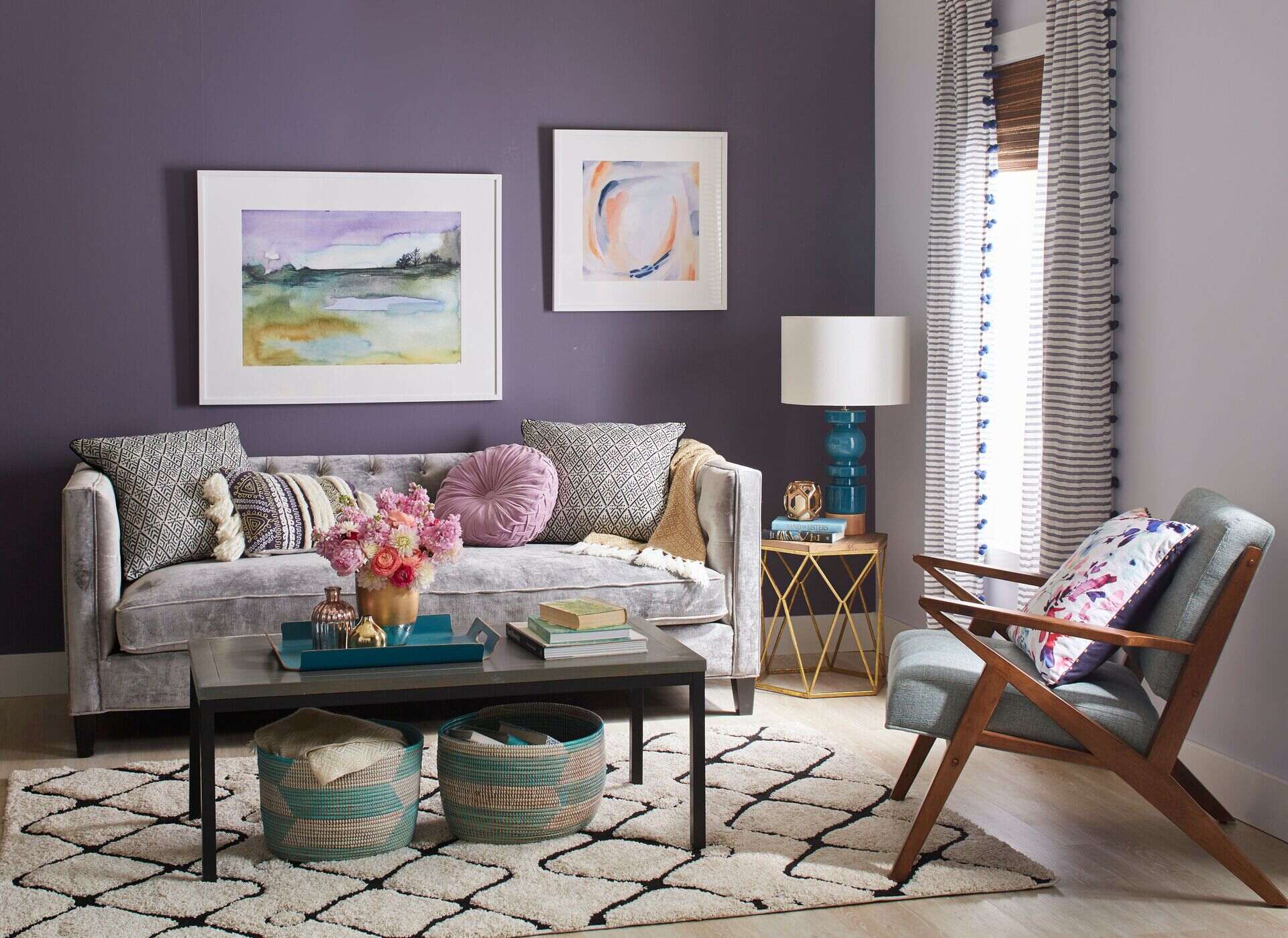

0 thoughts on “Which Is An Application Of The Landscape Design Principle Of Proportion?”